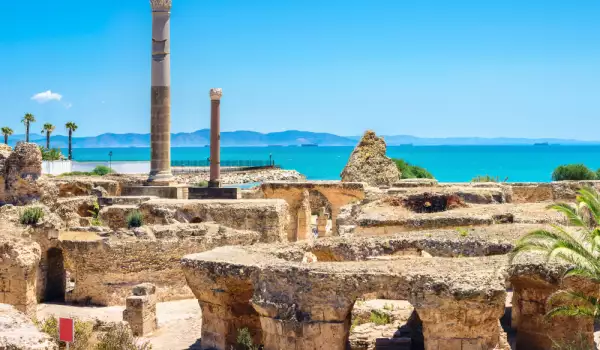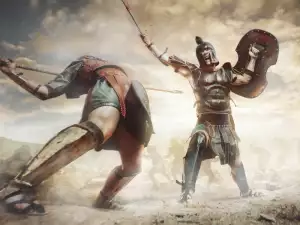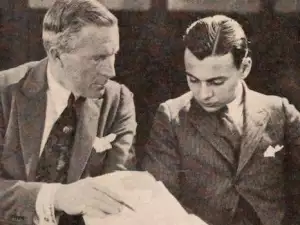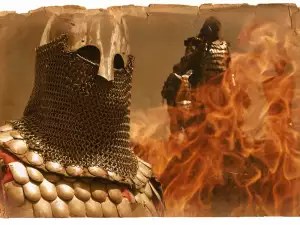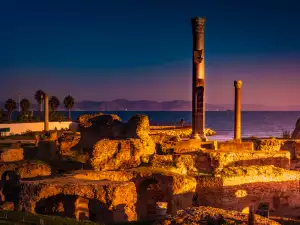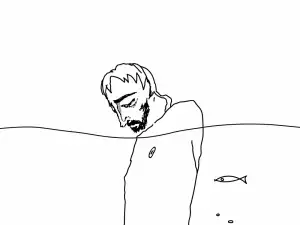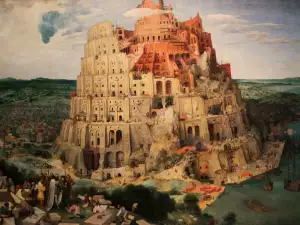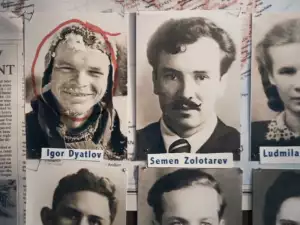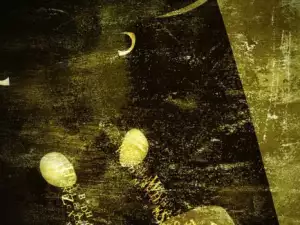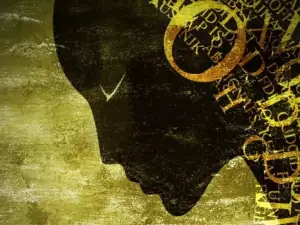The Phoenicians, who in the 2nd millennium BC lived on a narrow strip of land along the coast of the Mediterranean Sea, founded their colony on the territory of today's Tunisia - the city of Carthage. According to traditions this happened in 814 BC. A little more than half a century later, the city - a rival of Carthage - ancient Rome was also founded.
Construction and development of Carthage
The history of Carthage is more than exciting and unpredictable. Carthage quickly managed to rise and became a rich and powerful city, with independent life and development. The city was designed as a settlement of three parts - an upper city on a hill, a lower city around the harbor and a suburb with a rural population. The port consisted of two parts - for commercial and military ships, connected by a canal.
Management was entrusted to wealthy aristocrats. The Senate of 300 people was elected from the wealthy merchant class.
Religious life was subordinated to the cult of a pair of deities to whom sacrifices were made. It is believed that the Phoenicians of Carthage were no strangers to child sacrifice.
The Carthaginians did not form their own army, but recruited mercenaries who were commanded by Carthaginian generals. This fact made it possible to focus efforts on the economic development and prosperity of the city.
Carthage spread its influence over other Punic cities on the islands of Sicily, Sardinia and Corsica, in Spain and established itself as an intermediary between African nomads and the cities around the Mediterranean. The Carthaginians were for about 5 centuries the main supplier of ivory, slaves from Africa, jewels and food.
The rivalry between Carthage and the Roman Republic. Punic Wars
Between Carthage and the Roman Empire, which had established itself as the leader of the old world, a rivalry began to dominate the western Mediterranean. This led to a series of wars known as the Punic Wars.
The first Punic war lasted 23 years, until 241 BC and the Romans conquered Sicily.
The Second Punic War was dominated by the Carthaginian military leader Hannibal, who did something unthinkable at the time. He crossed the Alps and entered Italy, destroying most of the Roman army in three years.
He was later forced to return to Carthage because the city was abandoned by the allies and Rome went on the offensive.
In 202 BC Hannibal was defeated by the Roman legions of Publius Cornelius Scipio and the following year Carthage, which was besieged by the Romans, capitulated. This ended the Third Punic War. The area became a Roman province and the rich city Carthage was completely destroyed. This marks the end of its most glorious years.
Later History
Utica then became the capital of Rome's African provinces and Carthage lay in ruins until 122 BC, when the Roman general Gaius Sempronius Gracchus (154-121 BC) founded a small colony there. Gaius' political problems and the memory of the Punic Wars, which were still too fresh, however, caused the colony to fail.
Julius Caesar proposed and planned the restoration of Carthage and five years after his death Carthage was on the rise again. Power now shifted from Utica back to Carthage - which became Rome's granary due to the same agricultural success that had enriched it before - and it remained an important Roman colony until it fell to the Vandals under their king Gaiseric (b. 428 -478 AD) in 439 AD.
Carthage rose to prominence as Christianity spread and Augustine of Hippo (St. Augustine, AD 354-430) added to its prestige by living and teaching there.
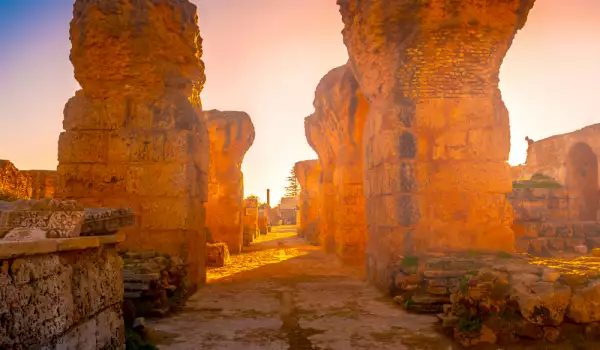
In fact, the city was considered so famous that it hosted the Council of Carthage of 397 with its series of synods.
The Vandal invasion of North Africa did not stop the development of Christianity there, but tensions grew between Arian Christians (mostly Vandals) and Trinitarian Christians.
The Vandals under Gaiseric took full advantage of the location of their new city and plundered passing ships at will, while raiding coastal cities.
Roman attempts to dislodge it were unsuccessful and so in 442 AD a treaty was signed between Gaiseric and Valentinian III (425-455 AD) to recognize the Vandal Kingdom in North Africa for a legitimate political establishment of peaceful relations.
When Valentinian III was assassinated in AD 455, however, Gaiseric disregarded the treaty, believing it to be an agreement between himself and the emperor alone, and sailed for Rome. He sacked the city, but in accordance with the request of Pope Leo I (reigned 440-461 CE), did not damage it or harm the population. The Vandals would continue to hold Carthage and take advantage of its location until the death of Geiseric.
The later Vandal king Gelimer (530-534 AD), an Arian, reinstated the persecution of Trinitarian Christians, which infuriated the Eastern Roman Emperor Justinian I (r. 527-565 AD), a Trinitarian, who sent his great general Belisarius (505-565) to North Africa. Belisarius won the short-lived Vandal War (533-534), returned Gelimer in chains to Constantinople, and restored Carthage to the Byzantine Empire (330-1453), under which he continued to flourish.
Under the Byzantines, Carthage flourished through trade and as a major source of grain for the Eastern Roman Empire (the Western Roman Empire fell around AD 476). Around 585 AD, Carthage became the seat of the African Exarchate under the Byzantine emperor Mauricius (582–602 AD), a separate administrative district created to more effectively govern the western areas of the empire.
In 698 AD. the Muslims defeat the Byzantine forces at the Battle of Carthage, destroy the city completely and push the Byzantines out of Africa. They then strengthened and developed the neighboring city of Tunis and established it as the new center of trade and governorship in the region. Under the Arab Muslims, Tunis was doing better than Carthage, but the city continued to flourish until the Eighth Crusade of 1270, when it was taken by European crusaders. After they were defeated, Muhammad I al-Mustansir demolished the city's defenses and many of the buildings were destroyed to prevent further damage.
Conclusion
The site of the ancient city continues to be inhabited and is included in the area taken over by the Ottoman Empire (1299-1922), which had no interest in excavating the ruins. The stones of the fallen houses, temples and walls were carried away for personal or administrative building projects or left where they were found. Modern archaeological excavations began in the 30s AD. with the efforts of the Danish Consulate and continued with the French between 1860-1900.
Further work at the site was undertaken in the first part of the 20th century, but as in Sabratha and other sites, archaeologists were more interested in the Roman history of Carthage.
